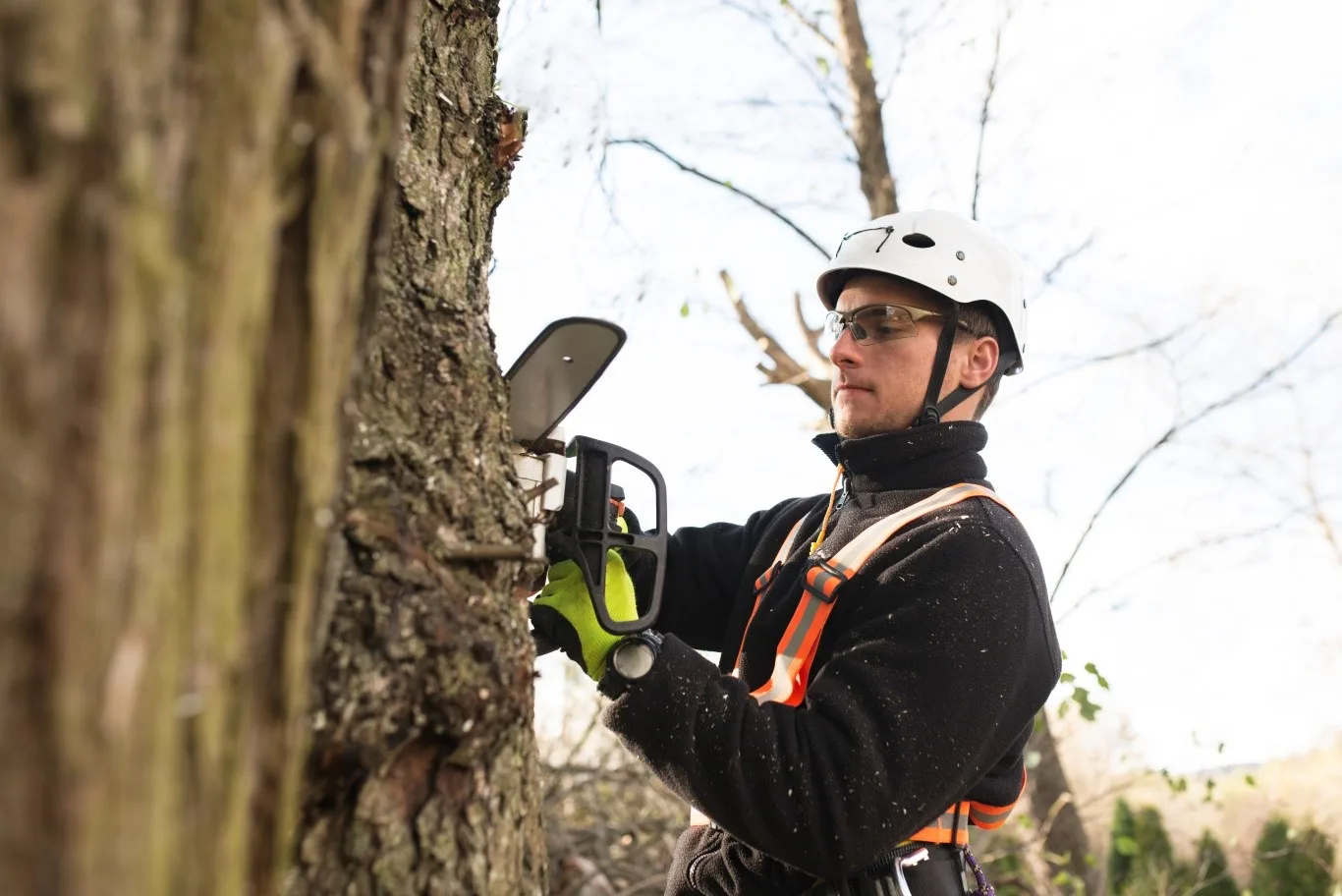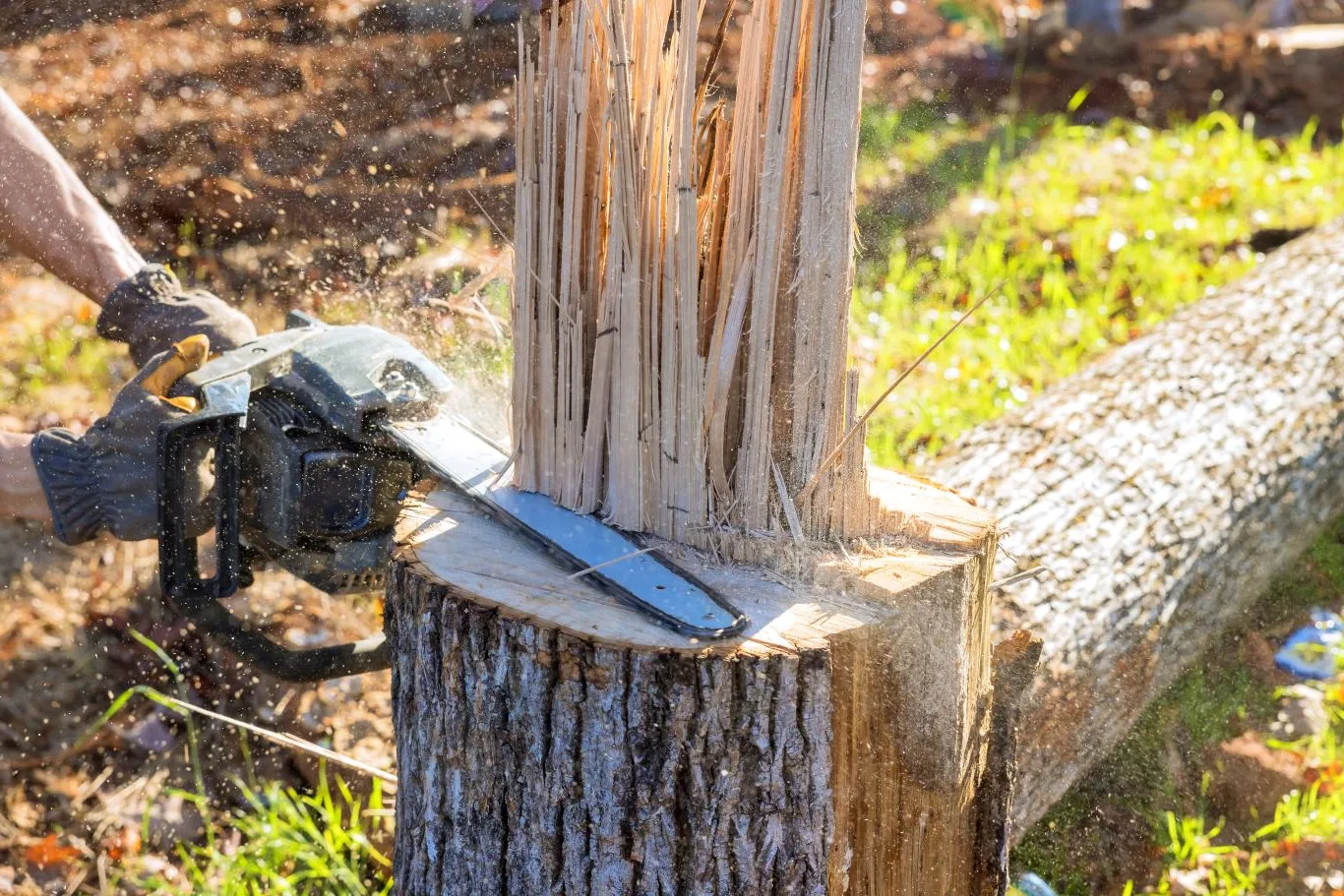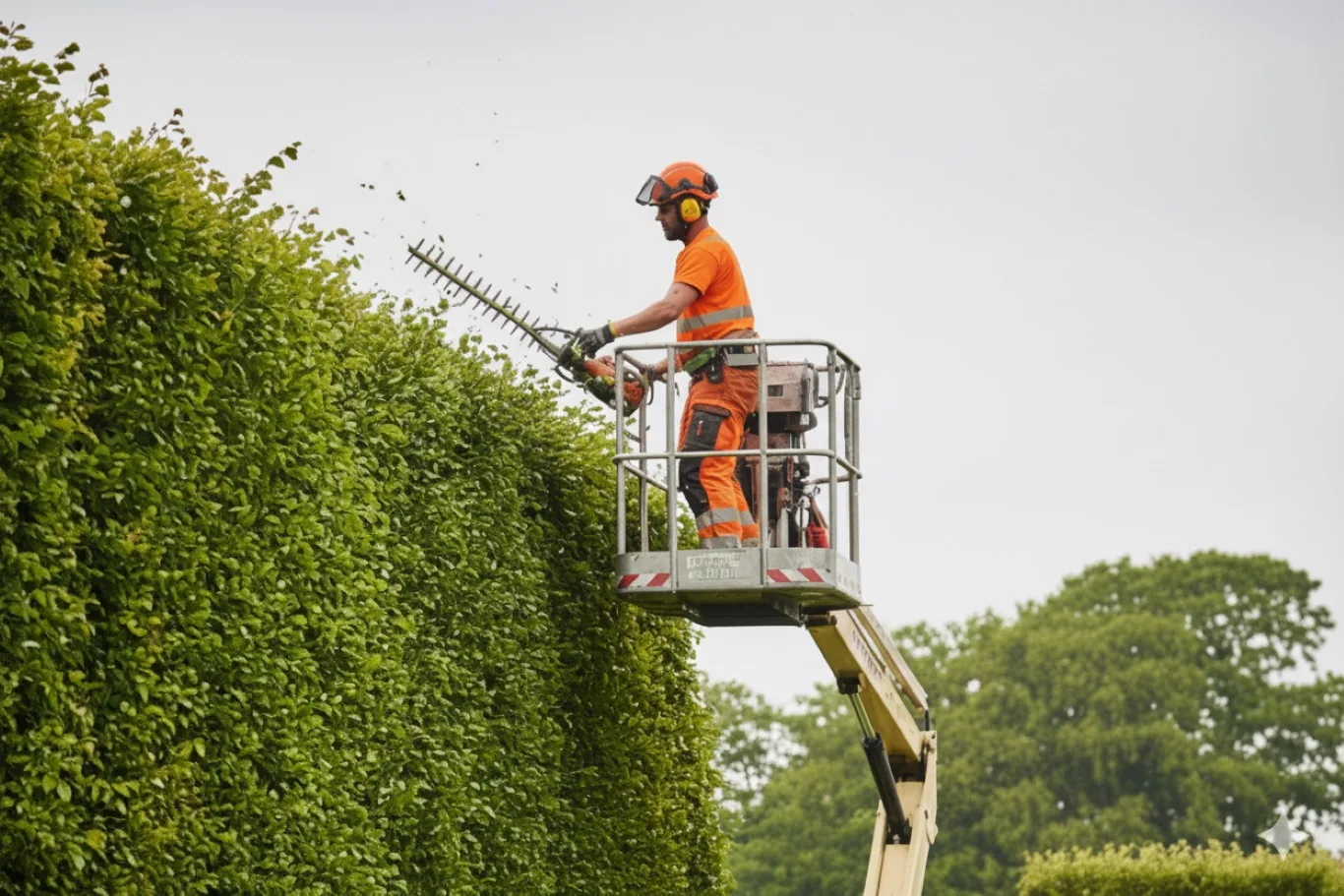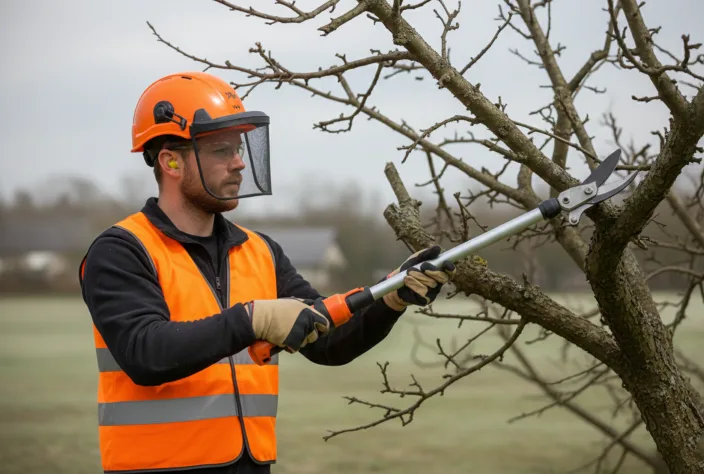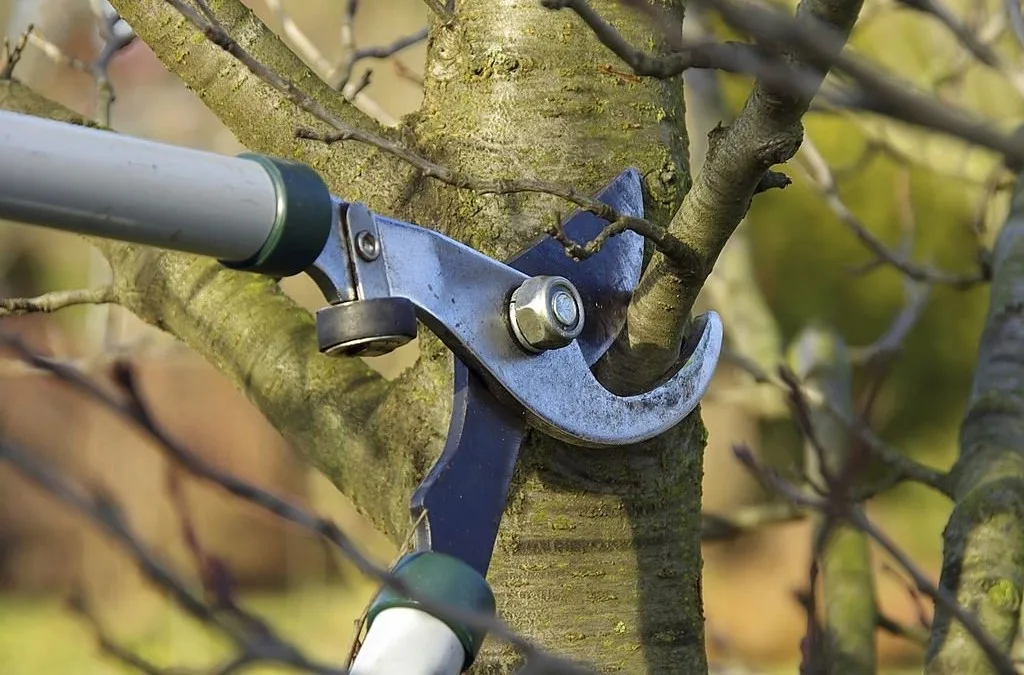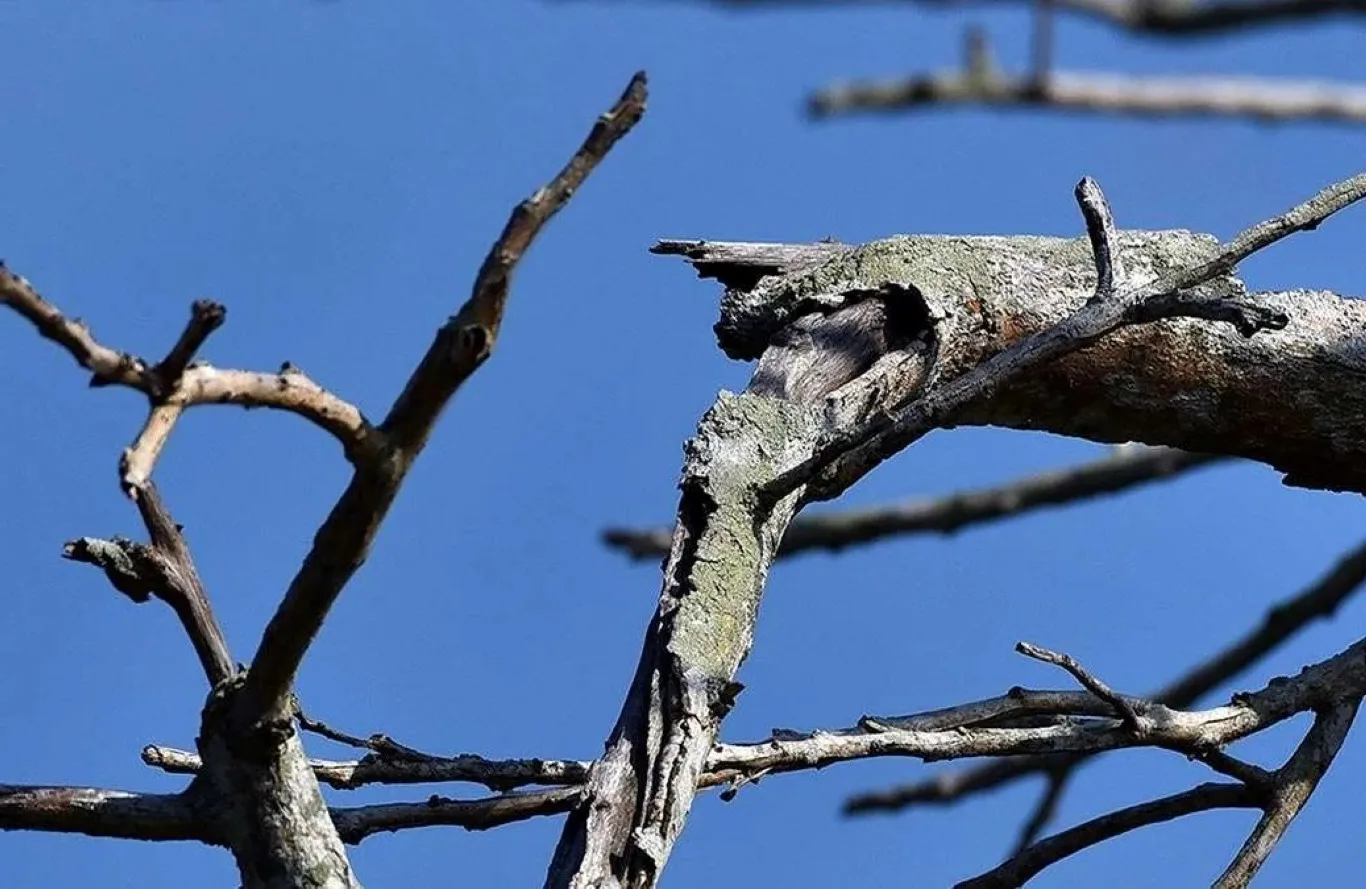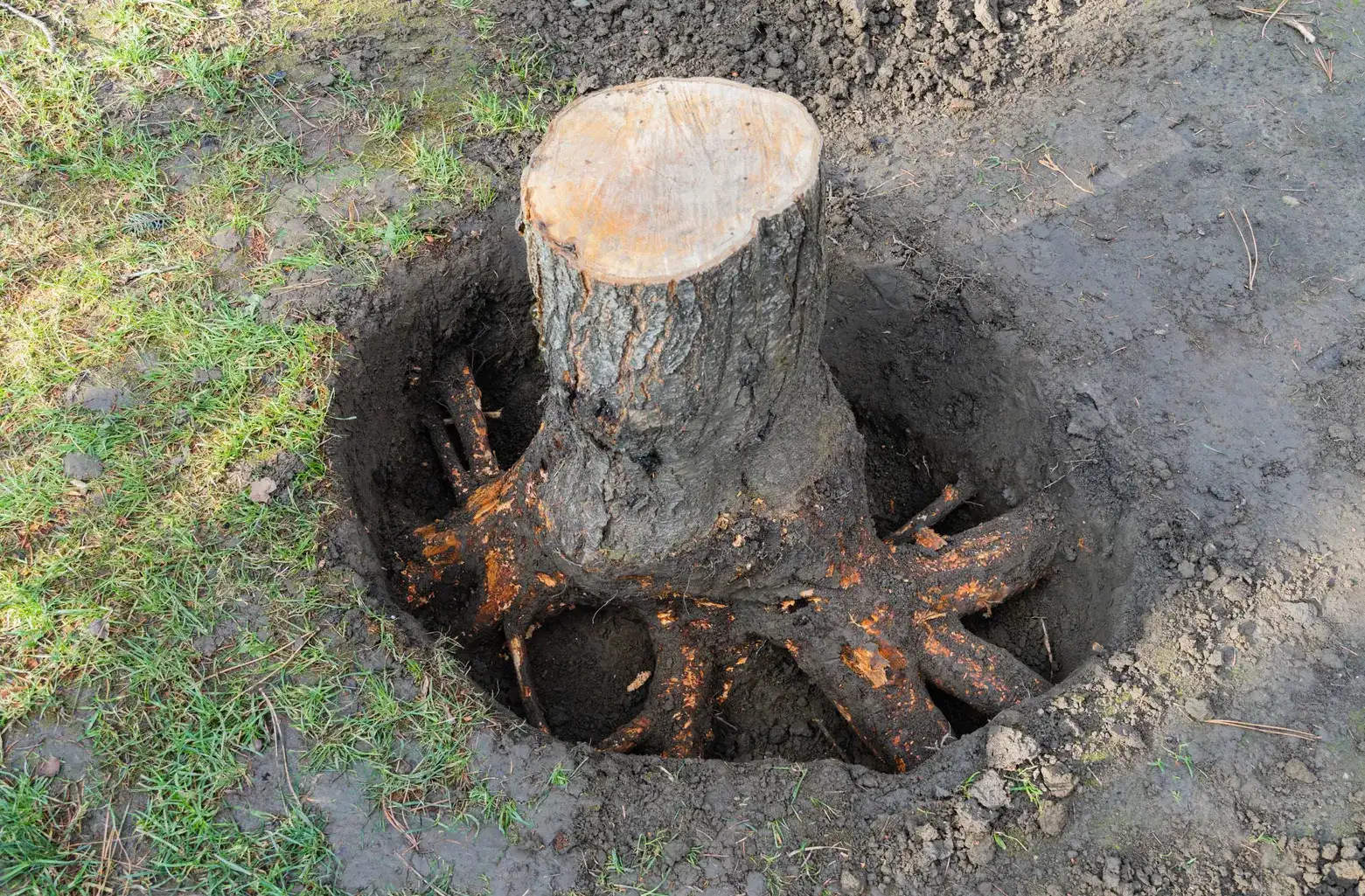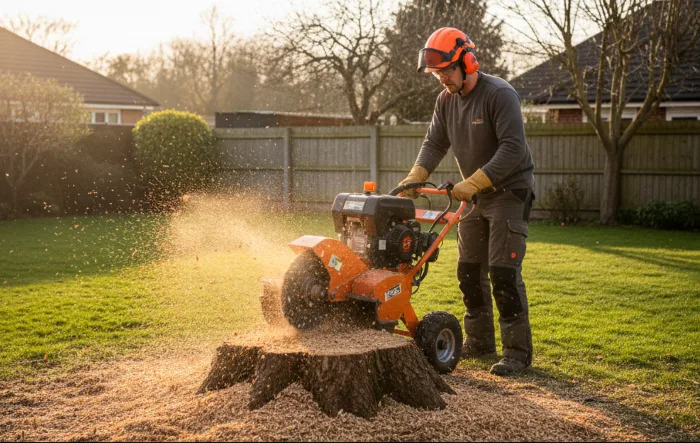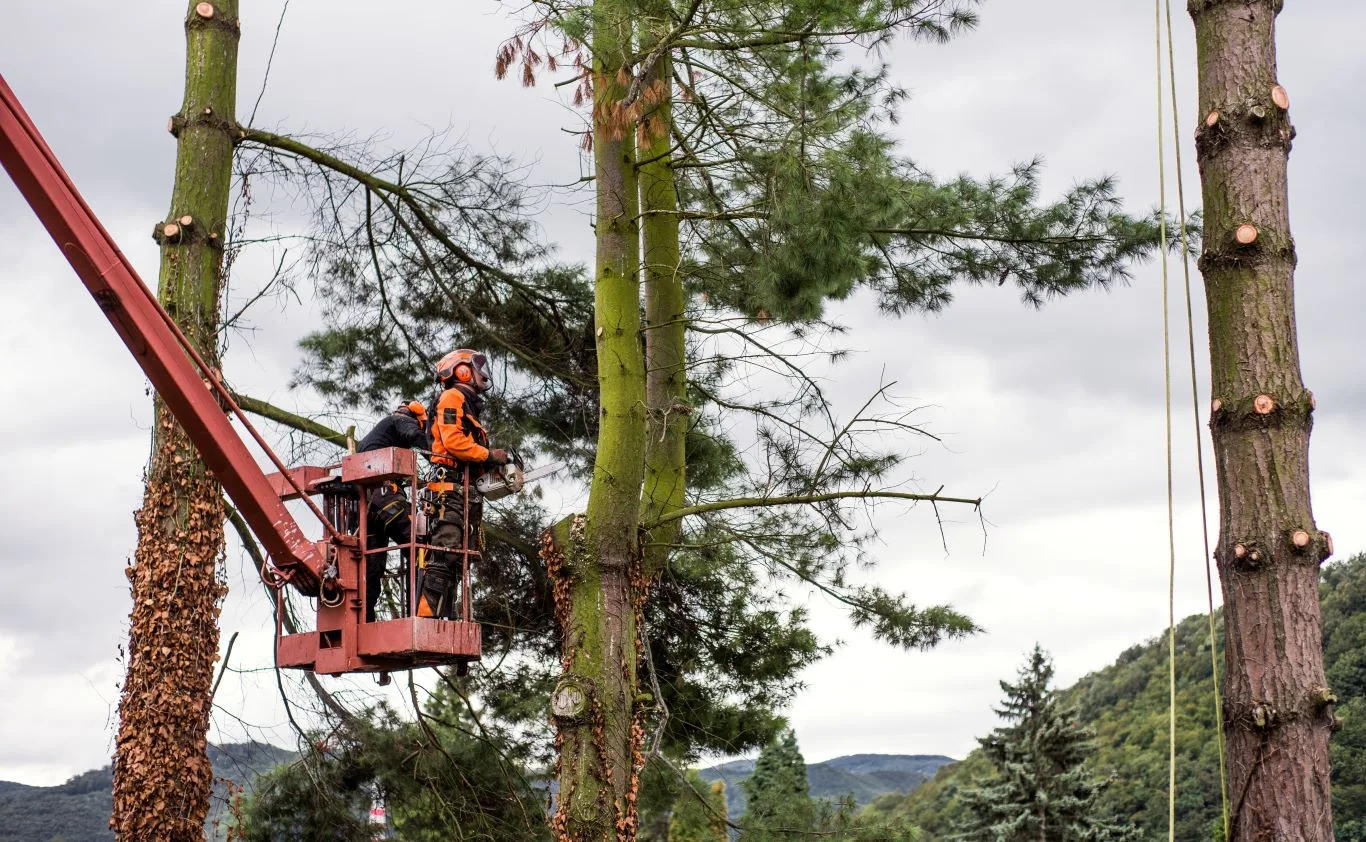Introduction: Understanding Oak Tree Removal and Why It Matters
Oak trees are some of the most magnificent features of the British landscape, symbolising strength, endurance, and timeless beauty. Yet, even the sturdiest oak can become a risk if it grows too close to buildings, power lines, or public walkways. Oak tree removal becomes essential when a tree’s health declines or when safety and property are at stake.
If you live in Essex or nearby areas, it’s vital to choose a reliable company that knows how to handle oak trees properly. That’s where Chigwell Tree Services stands out. Known for their professional and affordable tree removal services, they are trusted by homeowners and businesses alike for their safe, precise, and eco-friendly approach.
Quick WhatsApp chat = your free quote in minutes!
When Is Oak Tree Removal Necessary?
There are several reasons why removing an oak tree might be the best or only solution. While many homeowners prefer to preserve their oaks for generations, certain signs indicate that removal is the responsible course of action.
1. Disease and Decay
Oak trees can fall victim to diseases such as oak wilt, root rot, or fungal decay. These conditions often weaken the tree’s internal structure, making it unsafe to keep standing. If you notice brittle branches, peeling bark, or hollow sections, it may be time to cut down the oak tree.
2. Structural Damage
Strong winds, lightning strikes, or soil movement can compromise an oak’s stability. Once its trunk is split or its roots are damaged, oak tree removal may be necessary to prevent accidents or property damage.
3. Overgrowth and Space Management
An oak tree can spread impressively wide. While its canopy is majestic, it can overshadow other plants, block sunlight, or interfere with roofs and fences. In such cases, professional oak tree trimming or pollarding an oak tree can help manage its growth before removal becomes necessary.
4. Proximity to Buildings or Utilities
When an oak’s roots start affecting underground pipes or foundations, or when branches threaten overhead lines, removal might be essential. Trimming an oak tree can offer a temporary solution, but complete removal may be the long-term answer if damage continues.
The Importance of Professional Oak Tree Removal
Oak trees are large, heavy, and deeply rooted — which makes their removal a specialist task. Unlike smaller species, oaks require advanced equipment, precision, and trained arborists to ensure safety and compliance with local environmental laws.
A professional service such as Chigwell Tree Services in Essex provides:
- Expert assessment: Certified arborists determine if the oak can be saved through pruning or trimming before removal is considered.
- Safe removal techniques: Modern tools and rigging systems ensure the process is controlled and hazard-free.
- Responsible waste disposal: Wood is often recycled or reused, reducing environmental impact.
- Full insurance coverage: Protecting both your property and the workers during the operation.
Attempting oak tree cut down yourself can be risky and costly if things go wrong. A falling limb from a mature oak can cause significant property damage or injury — which is why hiring trained professionals is always recommended.
Trimming, Pruning and Pollarding: Alternatives to Oak Tree Removal
Before removing an oak tree entirely, many homeowners consider less drastic options like oak tree trimming, oak tree pruning, or pollarding to maintain tree health and manage its size.
1. Oak Tree Trimming
This involves carefully cutting back branches that are overhanging roofs, touching power lines, or blocking sunlight. Regular trimming an oak tree promotes healthy growth, improves air circulation, and keeps your property safe.
2. Oak Tree Pruning
Pruning is a more targeted process, often used to remove diseased or dead branches. Proper oak tree pruning at the right season (usually late winter or early spring) helps stimulate new growth and prevents decay from spreading.
3. Pollarding an Oak Tree
Pollarding is a more intensive method, involving cutting the upper branches back to the trunk to control size and shape. It’s especially useful for oaks in urban areas where space is limited. However, it should only be performed by a qualified tree surgeon to avoid long-term harm to the tree.
Each of these techniques can delay or even prevent the need for full oak tree removal, provided they’re carried out by skilled professionals.
Legal Considerations Before Removing an Oak Tree
In the UK, oak trees are often protected under Tree Preservation Orders (TPOs), meaning you cannot cut them down, trim, or even prune them without local council permission.
Before scheduling any oak tree removal, you must:
- Check with your local planning authority if a TPO applies.
- Obtain written consent before work begins.
- Hire a professional company like Chigwell Tree Services, who understand local tree protection laws and can handle applications if needed.
Ignoring these regulations can result in heavy fines and legal issues, so always ensure compliance before proceeding.
The Oak Tree Removal Process: Step-by-Step
Professional oak tree removal is a carefully planned process designed for safety and minimal disruption. Here’s what typically happens:
- Initial Inspection: The arborist assesses the tree’s condition, surroundings, and potential hazards.
- Preparation and Equipment Setup: Safety barriers, harnesses, and cutting tools are arranged.
- Limb Removal: The team starts by trimming smaller branches to lighten the load.
- Sectional Dismantling: Larger branches and trunk sections are cut in stages using ropes or cranes.
- Stump Removal or Grinding: Once the tree is down, the stump is either left as a feature or ground down for a smooth finish.
- Clean-up and Disposal: All debris is removed, leaving your garden tidy and ready for replanting or landscaping.
By choosing professionals like Chigwell Tree Services, homeowners can ensure every stage is handled safely, efficiently, and with full respect for their property and the environment.
Caring for Your Landscape After Oak Tree Removal
Once an oak has been removed, the area may look bare or uneven. Consider these steps to revitalise your landscape:
- Replant with native species: New trees such as silver birch, hornbeam, or field maple can restore balance.
- Soil care: Remove remaining roots and enrich the soil with compost or organic matter.
- Lawn restoration: If heavy machinery compacted the ground, aeration and reseeding may be necessary.
- Regular inspections: Continue checking nearby trees for signs of disease or instability.
Proper aftercare ensures that your garden remains healthy and visually appealing even after the oak tree cut down process.
Why Choose Chigwell Tree Services for Oak Tree Removal in Essex
With years of experience and a strong local reputation, Chigwell Tree Services offers reliable, affordable, and fully insured tree removal services in Essex. Whether you need complete oak tree removal, oak tree trimming, or pollarding, their team of certified arborists ensures top-quality workmanship from start to finish.
They combine expertise with the latest equipment to guarantee safety and efficiency while respecting your property’s natural beauty. Customers appreciate their transparent pricing, free quotes, and environmentally conscious approach.
For anyone considering professional tree removal in Essex, Chigwell Tree Services is the trusted choice.
Final Thoughts
Oak trees are truly a gift of nature — but when they become unsafe or diseased, oak tree removal may be the only responsible solution. Choosing an experienced, affordable, and certified company like Chigwell Tree Services ensures that the job is done safely, legally, and with care for your surroundings.
Whether it’s trimming an oak tree, pruning, or complete removal, expert advice makes all the difference. Always consult professionals before making decisions about your oak trees — they’re part of our heritage and deserve the best care possible.
Get A Free Quote Now – Safe, affordable, and professional oak tree removal by Chigwell Tree Services in Essex.

